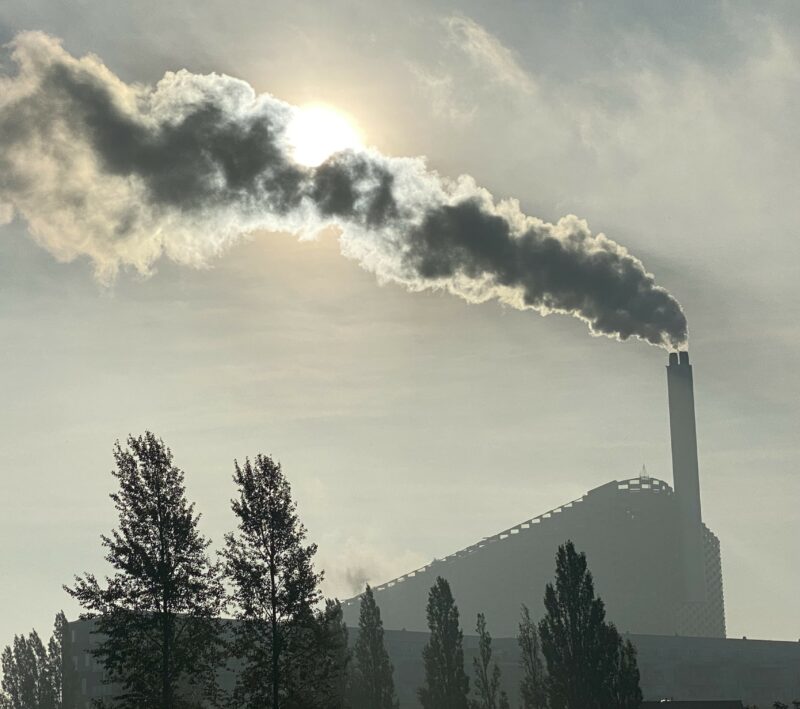The report “Development of thermal power and heat capacity – analysis towards 2040” was published in 2022. The report was financed by the Danish District Heating Association.
The main finding was that by 2040, 50 percent of district heating will be generated by electric heat pumps and 25 percent from surplus heat, mainly from PtX facilities and data centers.
Also, the analysis found that thermal power capacity will be phased out to a large extent and faster than expected by previous estimates. Investments in new thermal power plants are already diminishing. Existing plants are being phased out as their lifetime and contracts come to an end. Since the utilization rate of about two-thirds of the remaining thermal capacity will be rather low, there is a high risk that the plants will be closed.
Concerning the security of supply, it will be reduced when electricity is the primary source of energy for the district heating system. Ancillary services can in the future be provided by PtX facilities. If the PtX facilities are not built as fast as planned, the thermal power plants will still have a role as providers of ancillary services.











